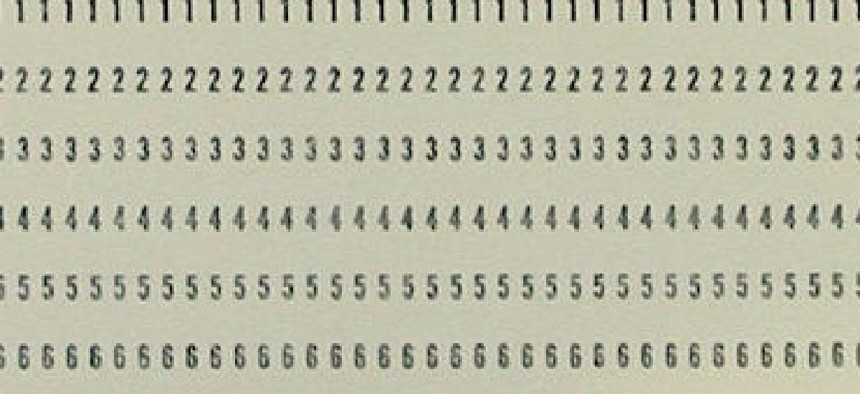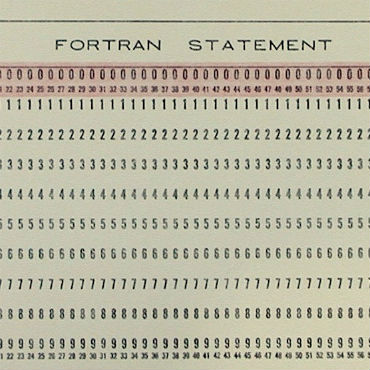Supercomputers get help with Fortran

The National Labs are using a new tool to integrate the 1950s-era Fortran computer language into their supercomputing infrastructure.

The Fortran language, a relic of the punchcard era of programming, is still in wide use in science and research. The national laboratories and the Department of Energy's National Nuclear Security Administration are accommodating the legacy code with an open-source Fortran compiler to help integrate the programming language into a larger pool of computer languages in supercomputers.
NNSA, Lawrence Livermore, Sandia and Los Alamos national laboratories unveiled an agreement on Nov. 13 with NVIDIA's PGI software to create an open-source Fortran compiler designed for integration with the Lawrence Livermore's larger code compiler infrastructure.
The Fortran front-end module created through the project will harness the PGI Fortran compiler, which the lab said has been used in high performance computing systems for more than a quarter century.
Fortan was developed in the 1950s, but versatility and usefulness in scientific computing keeps it in business. It's applications include computer simulations for national security, medicine, energy, climate and basic science missions.
The multi-year Fortran project will produce an open source code in late 2016 that other computer scientists and facilities can use to build their own compilers. The Fortran compiler will be integrated with a larger compiler infrastructure (dubbed LLVM and formerly known as "Low Level Virtual Machine"), which provides support for a variety of commonly used programming languages.


